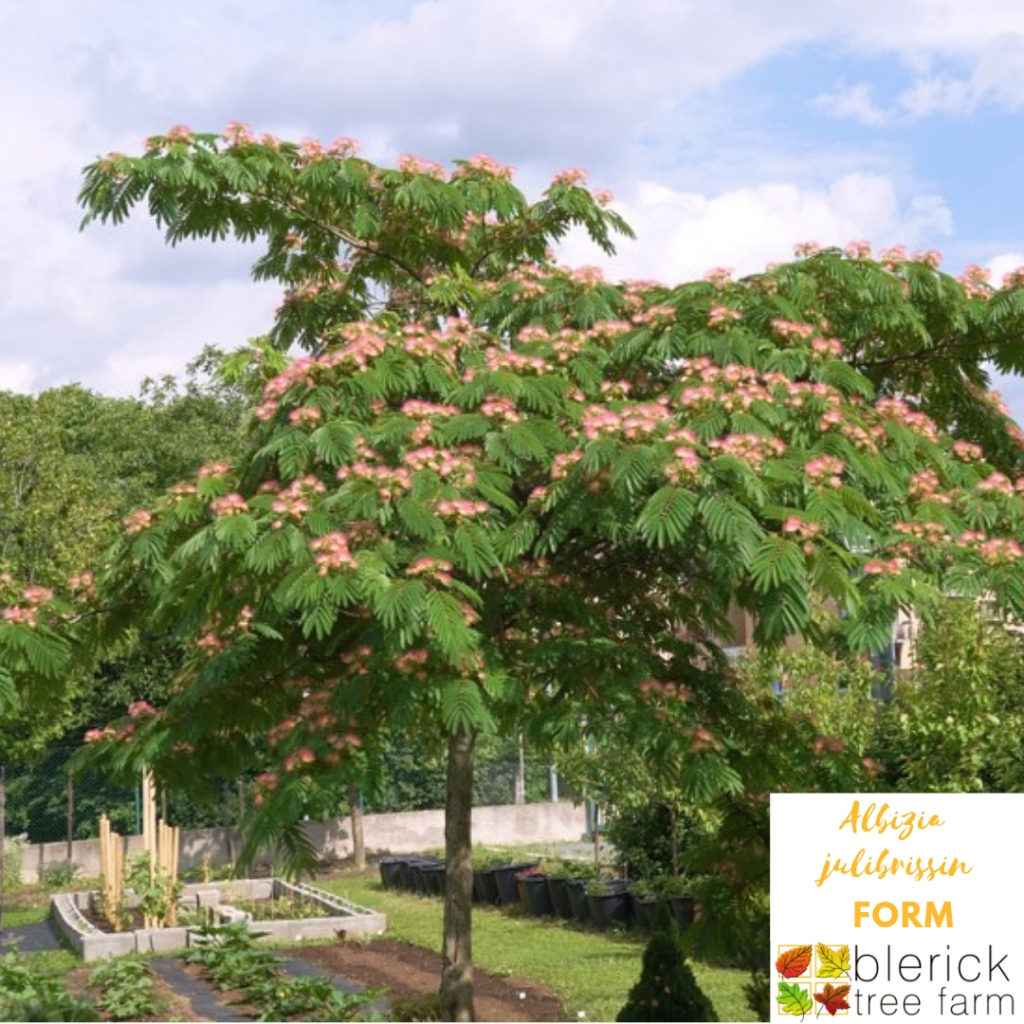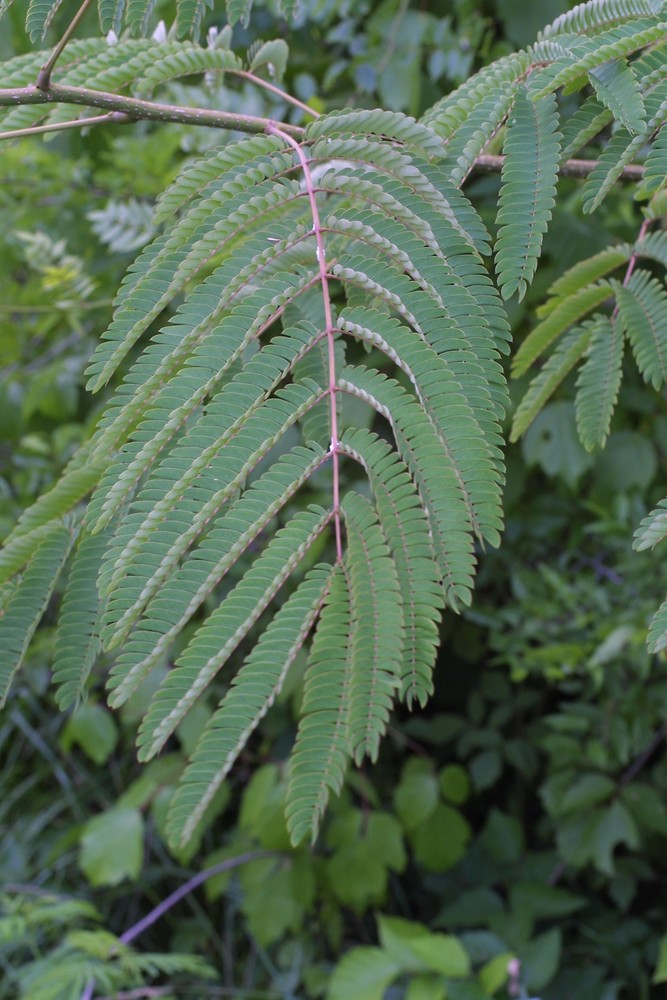Heartwarming Tips About Albizia Julibrissin Silk Tree

The albizia julibrissin, colloquially known as the persian silk tree or mimosa tree, has fascinated many garden enthusiasts.
Albizia julibrissin silk tree. However, like a coin with two sides, this tree poses challenges and responsibilities for a potential grower. It can have one or more trunks and the canopy is shaped like an umbrella. Albizia julibrissin durazz.
It is q uite tolerant of being transplanted and pruned and can be trained to climb. The tree has a broad crown and may have single or multiple trunks. The main text of this entry is from the albizzia julibrissin entry in the book trees of stanford and environs, by ronald bracewell, published 2005.
The bark is light brown to gray and have lenticles that look like corky dots. Persian silk tree, silk tree, pink silk tree, mimosa tree: Light edits, stanford ave specimen.
It grows in disturbed areas such as roadsides, forest edges and various open habitats. International common names english mimosa nemu persian acacia pink siris silktree albizia silktree mimosa silky acacia french acacia rose de constantinople acacie de constantinople arbre a soie arbre à soie local common names china ho huan ho hun. The silk tree (albizia julibrissin), also known as mimosa, is native to southwest asia, where it grows in woods and on riverbanks.
Entry’s genus name reluctantly corrected to albizia from albizzia, though left intact when used as a common name in the text (dec 2017, sp). Introduced from asia in 1745, it has been widely planted as an ornamental for its showy, pink, fragrant flowers and delicate, feathery, compound leaves. Its hardiness, wildlife benefits, and ornamental appeal make it popular in suitable climates and settings.
The silk tree ( albizia julibrissin) is a deciduous tree that grows from 10 to 50 feet tall. Light brown bark, nearly smooth and thin, with lens shaped areas along the stem. Silk tree, also called silky acacia or mimosa tree, was introduced to the united states in 1745 for use as an ornamental plant.
Albizia julibrissin, the persian silk tree, pink silk tree, or mimosa tree, is a species of tree in the family fabaceae, native to southwestern asia and eastern asia. It is sometimes incorrectly spelled albizzia. Albizia julibrissin, also known as the persian silk tree silk, pink silk tree, and sometimes as the mimosa tree.
A perfect choice for a woodland garden on a sunny edge, or a courtyard garden. The silk tree is a nitrogen fixer and tolerates a high ph, saline soils, high winds and drought. 1 the allure of the persian silk tree (albizia julibrissin) 1.1 origins and unique features 1.2 ecological significance 2 planting and growing persian silk trees 2.1 planting guidelines for albizia julibrissin 2.2 sunlight and water requirements 2.3 on pruning and maintenance 2.4 potential pests and diseases 3 nurturing your persian.
Silk tree other scientific names albizia rosea carrière albizzia julibrissin nom. Albizia julibrissin (known as persian silk tree or mimosa) is native to asia but was introduced to the united states in the 18th century, where it's commonly grown. Albizia julibrissin, or more commonly known as the silk tree, persian silk tree, mimosa, or pink tree is a member of the fabaceae (pea) family.
It is native to asia (iran to japan). Silk tree, pink silk tree, mimosa tree, albizia julibrissin 'rosea'. Rosea|pink silk tree/rhs gardening trees albizia julibrissin f.















